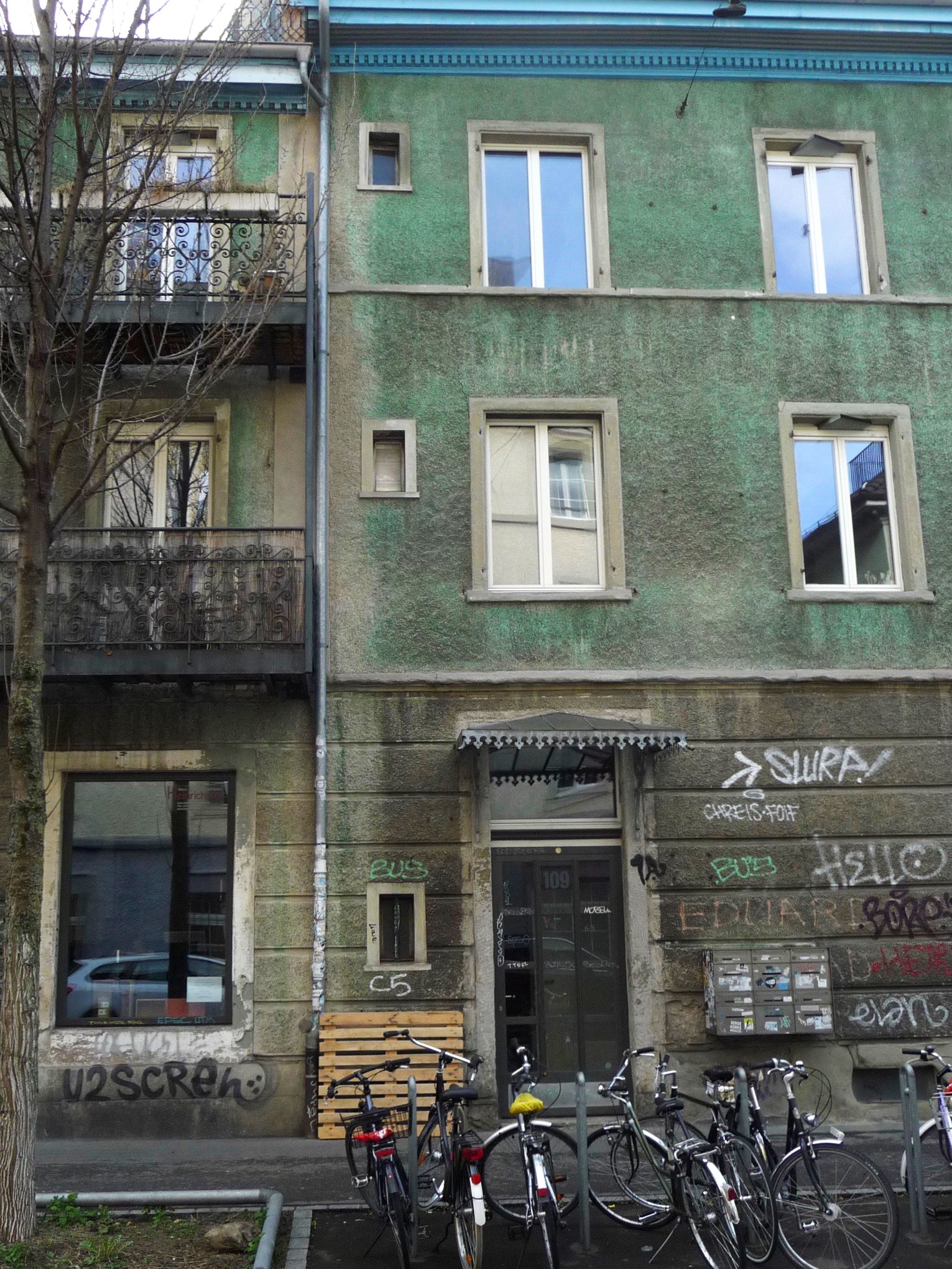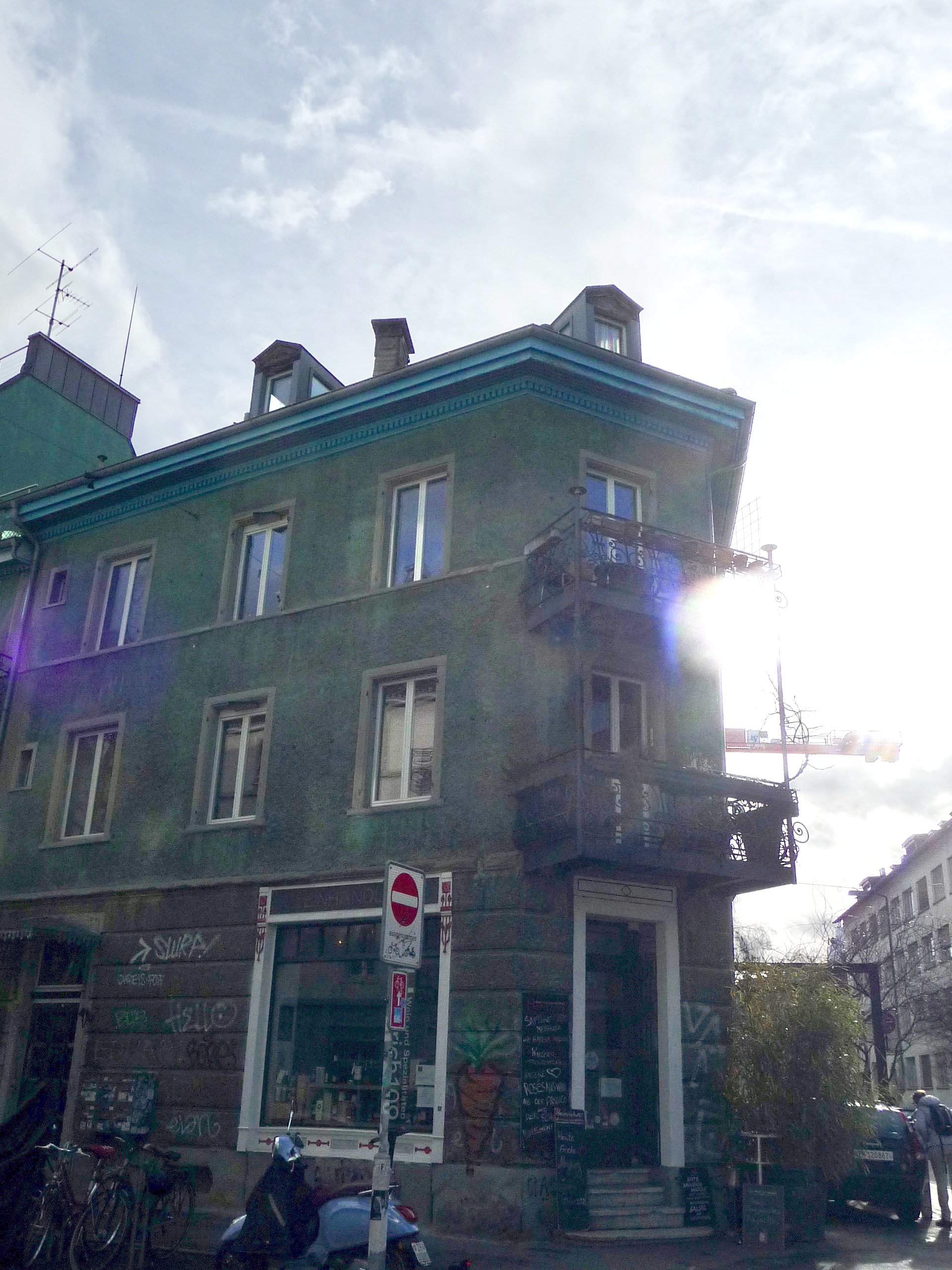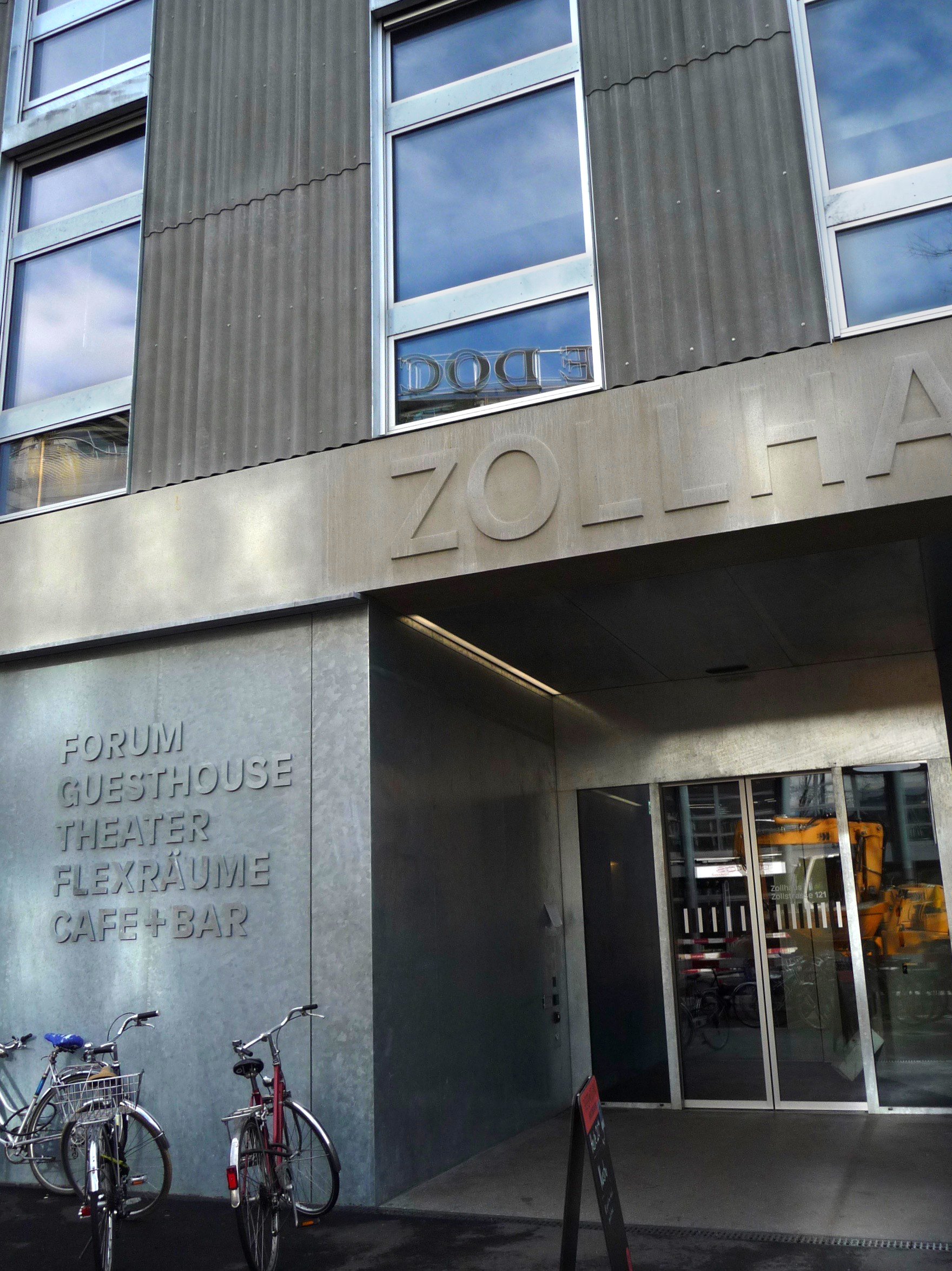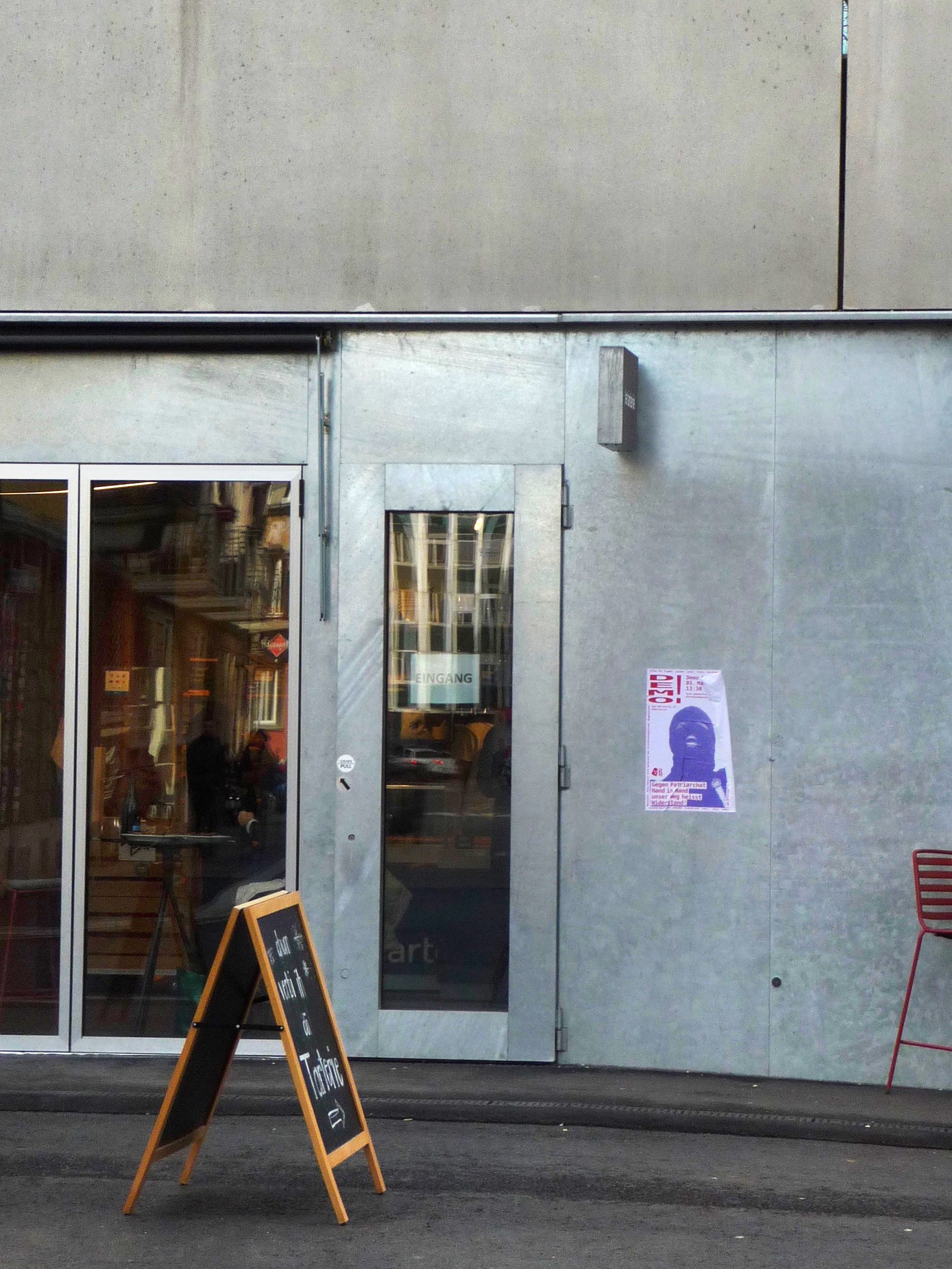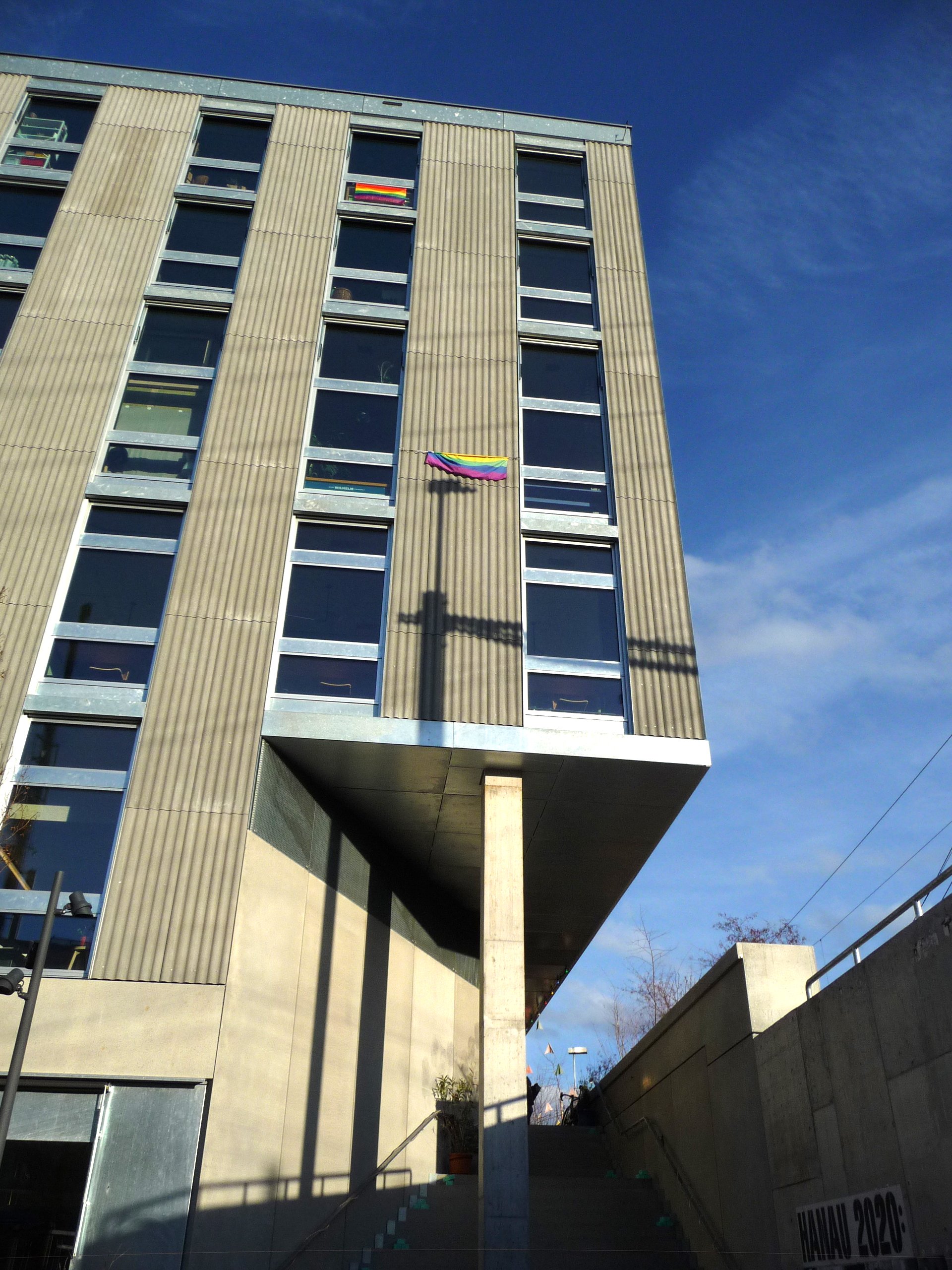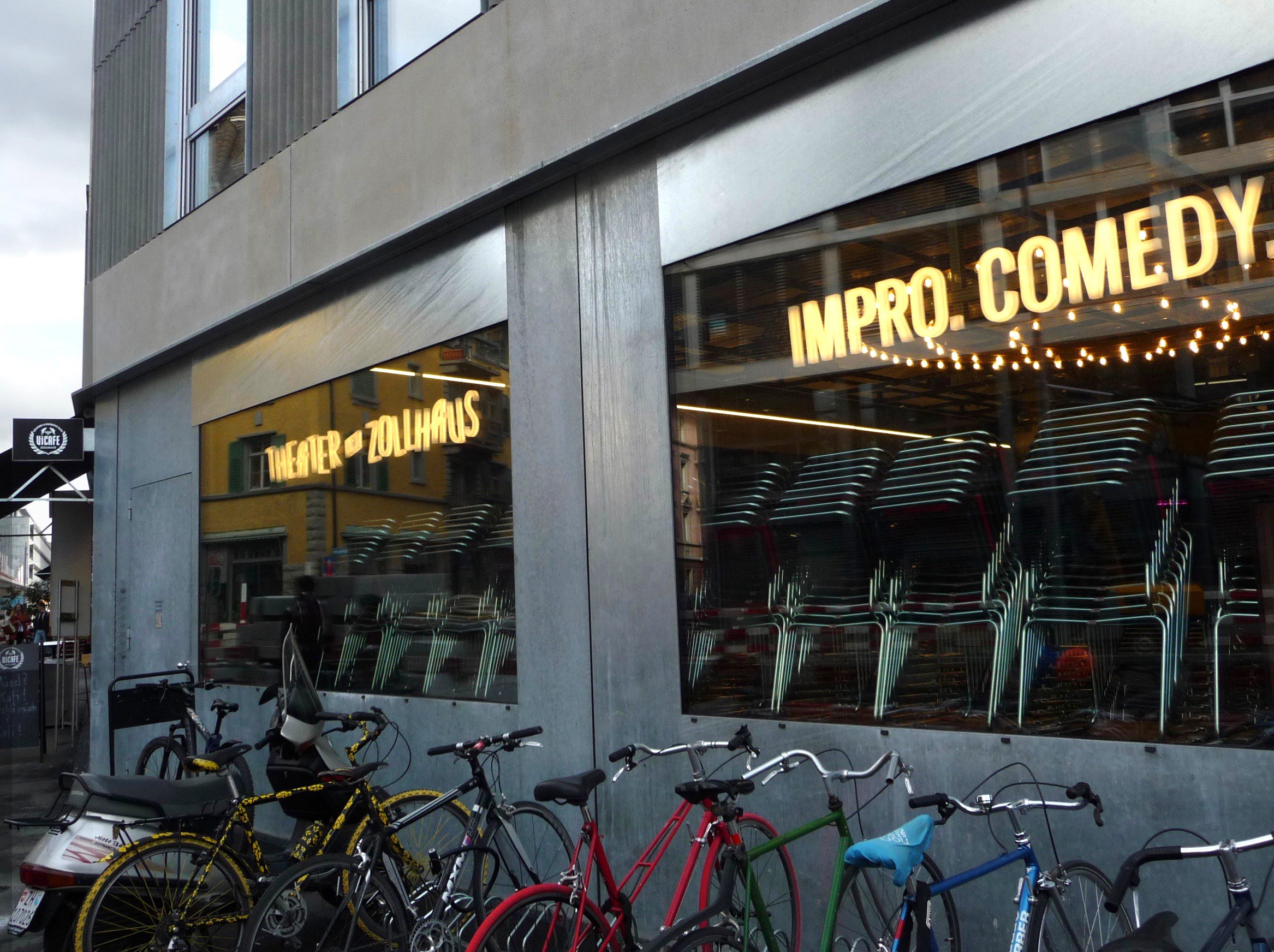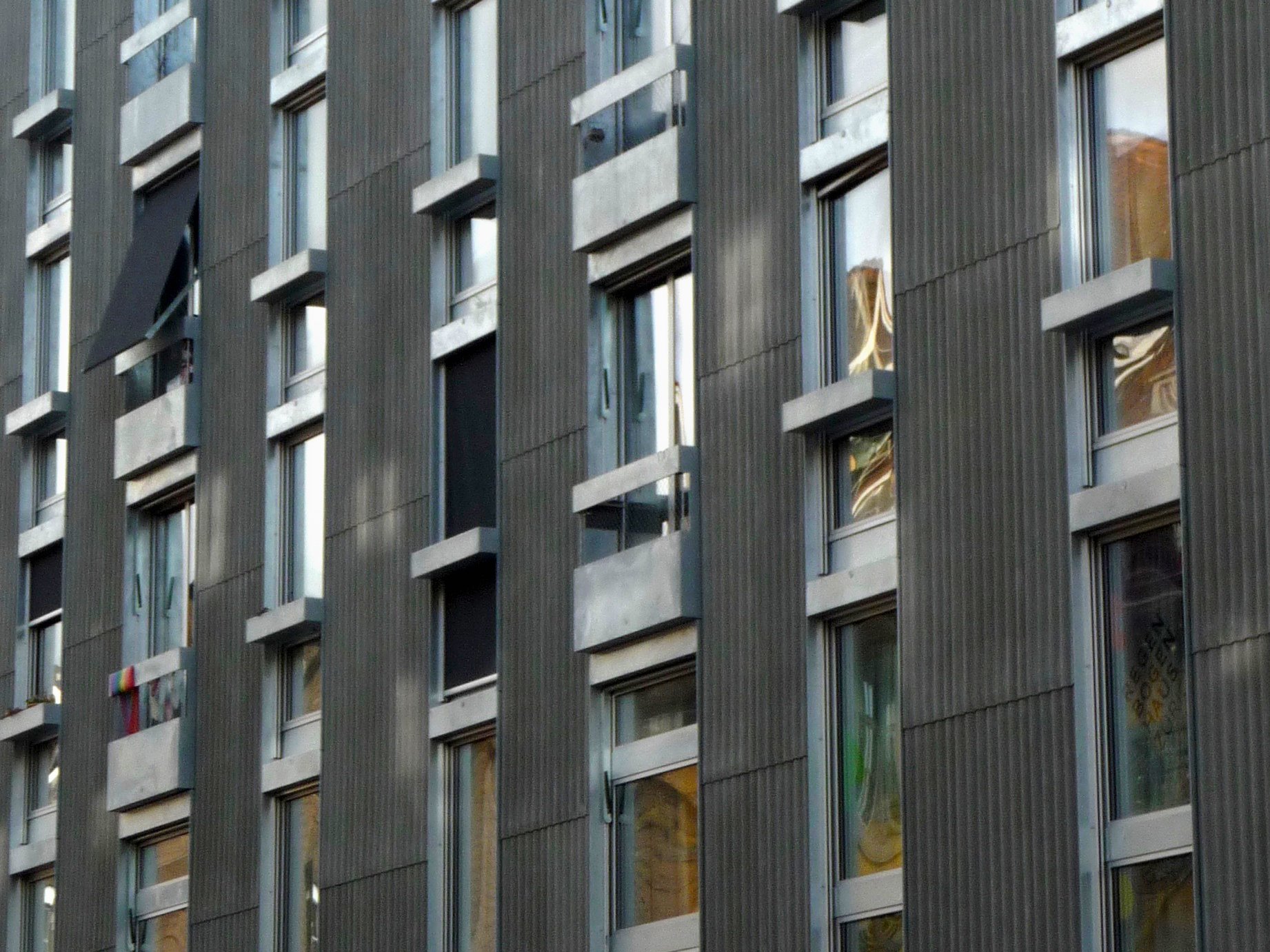Share in despair: Communal living in Zurich
A tenth of the people in Zurich live in shared apartments. What used to be illegal in Switzerland is now one of the most popular housing models, like in its European neighbor countries. Where does this trend originate, and is it the housing model of the future?
Zollhaus, Zurich © Anna Lea Spörri
Zurich is Switzerland's largest city. Large is a big word since Switzerland is a tiny country. But Zurich sure is multi-facetted; It’s character is a wild mix between “Bahnhofstrasse” – flooded with bankers and luxury stores – and the left-wing, hipster-ecological techno scene. Unfortunately, there is an undeniably true cliché: Everything is expensive. As comedian Hazel Brugger jokes: In Switzerland “we applaud with money”. The apartment rents, in particular, are very expensive.
Like everywhere else in Europe, more and more people want to move to the city, and the price per square meter is rising accordingly. In Zurich, this has become so extreme, that almost no one can buy houses anymore. 91.8% of the inhabitants rent their homes, even though Zurich has the third-highest millionaire density in the world. By comparison, 82.6% of residents in Berlin rent their apartments, while in Copenhagen, the figure is 77%. The results of this development were predictable: The rental price on the free real estate market increased by 65% between 2000 and 2015 alone. With an average of 24,85 euros per square meter, rents in Zurich were the fourth highest in Europe in 2020, just after Paris, London and Dublin. In comparison, in Berlin, the average price per square meter was 12,18 euros, while the average salary in the city lay at 42.221 euros (catella.com). In Switzerland, the average salary in 2020 was 49.333 euros (ceicdata.com). Regarding the fact that rental prices were almost twice as high, the comparably high salaries in Switzerland can often not compensate for this. Similar to many other countries, many young people and students turn to shared housing. In 2020, there were 11,561 shared apartments in Zurich, which is one tenth of the entire population (catella.com). So, the picture in Zurich is the same as in many other cities in Europe: Living space is scarce and people move closer together.
‘Kommune I’ in Germany – illegal “concubinage” in Switzerland
The shared-flat concept, which is especially widespread in German-speaking countries and Scandinavia, finds its origins in the politically left-wing circles of the ‘68 movement and its communes. Probably the best known was "Kommune I", a commune in West Berlin, founded in 1967 and dissolved only two years later. Prominent residents of “Kommune I” were Rainer Langhans the German author and actor, and his model girlfriend Uschi Obermaier. The flat-sharing community was an alternative to the bourgeois nuclear family, an ideological cohabitation between drugs and sex. At least, that's how it was portrayed by the press, particularly by the Axel Springer press.
What shocked and fascinated people in Germany, was simply illegal in Switzerland. Here, the so-called "concubinage," the cohabitation of unmarried men and women, was forbidden until the 1970s. Valais was the last canton to abolish this law in 1995. The restrictions on concubinage were originally pushed by the Catholic clergy as it violated the ideal of celibacy. But even then, Zurich's rents were high compared to the rest of Switzerland and people had to be creative about their form of housing; communes and residential communities were formed in the early 1970s. In the canton of Zurich, the concubinage-ban expired in 1972.
The pioneers of swiss shared housing
One of the biggest shared apartments was at Heinrichstrasse 109, where 17 young people lived in a small single-family house in the middle of the workers' quarter. Most of them were students, all between 17 and 26 years old. Everyone paid as much rent as they liked, the total rent was 2000 francs. Household chores were done jointly, which also functioned according to the volunteer principle. Ideology also played a role at Heinrichstrasse 109, as resident Pia says she felt that in a shared apartment she could develop better as a woman than in a petty bourgeois family.
The shortage of housing became even greater over the years, so Zurich's residents were forced to stay creative about their forms of living. For example, a shared-flat community in Zurich West in 2016: The housing space consisted of a large hall where twelve women and men lived on one floor of a commercial building. They had no fixed rooms. Instead, they built themselves mobile cabins, which could be placed in a different location depending on their mood. The kitchen and bathroom were shared. Living with so many people in one large space offers a lot of potential for conflict. The eating space, cooking and cleaning etc., also seemed to have caused problems there. But besides that, semi-public parties, theater performances and concerts brought a lively, social atmosphere to the apartment. Unfortunately, the flat-sharing community could only use the hall temporarily; after three and a half years they had to move out.
Shared housing today
A housing project in Zurich that stands out today is the “Zollhaus”, located in the hip fifth district of the city. In a central location near the main train station, the cooperative housing project has been in place since 2021 and consists of 1.5- to 9.5-room apartments, as well as four halls of different sizes, the largest of which is over 200m2. The one-and-a-half-storey halls are rented as individual housing units that the tenants can expand and reconstruct according to their own needs. The cooperative "Kalkbreite" hopes that this project will spark new ideas of different forms of housing. They explain: "What originally began with provisional occupations of unused commercial spaces, we are now integrating into regular housing construction in the Zollhaus". The Zollhaus also mixes housing and commerce, as some rooms are used, for instance, as a theater, a gelateria or a flower store. The residents were deliberately selected by a commission to be socially diverse - also in terms of age. For example, a six-person flat-sharing community between the ages of 54 and 64 is currently looking for a new roommate. All the other shared rooms and apartments in the building are occupied.
As beautiful and experimental as the Zollhaus may sound, it shows the same problem as in Zurich in general: Space is scarce, and accordingly the rents are high. However, it seems that the city has recognized the issue of housing shortage. In 2011, the people of Zurich decided by referendum that one-third of rental apartments should be used for non-profit purposes by 2050. The "Lex Koller" law, which came into force in 1983, prohibits foreign investors from buying housing and is a first attempt at keeping the rents from rising. But even this has loopholes: For example, foreign investors are allowed to participate in real estate funds that buy houses as a financial investment. So, solutions are hard to find and even harder to implement. What is certain is: Shared housing is an affordable way to live in the city of Zurich. Hopefully, it won’t be the only affordable kind in the future.
Bibliography
Kasperski, Franz, director. Erfahrungen Mit Der Kommune, Schweizer Radio Und Fernsehen (SRF), 16 May 2017, Accessed 10 Feb. 2022.
Banz, E., Tschan, S., Wittlich, H., & Zeier, C. (2021, April 29). Die verzweifelte Hauptstadt der Mieter. Tagesspiegel.
Erzensberger, Ulrich (2004) Die Jahre der Kommune I. Köln: Klepenheuer und Witsch Verlag.
Head-König, Anne-Liese: Konkubinat, in: Historisches Lexikon der Schweiz.
Head-König, A. (2007) Konkubinat, in Historisches Lexikon der Schweiz.
Huber, M. (2022, January 3). Wohnpioniere in der Stadt Zürich – Die Mutter aller Wohngemeinschaften. Tages-Anzeiger.
SRF, Anders wohnen mitten in Zürich: Eine Wohngemeinschaft in der Gewerbehalle


